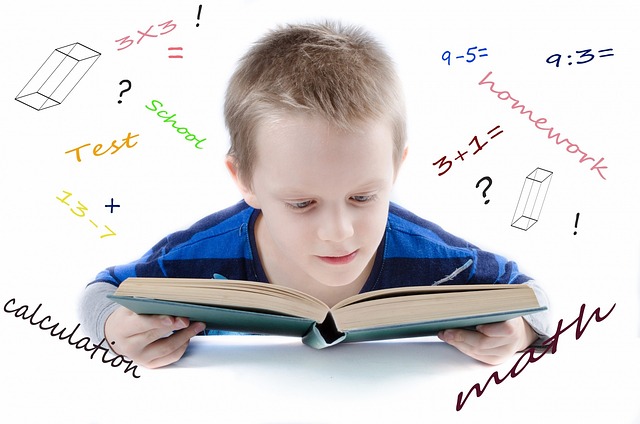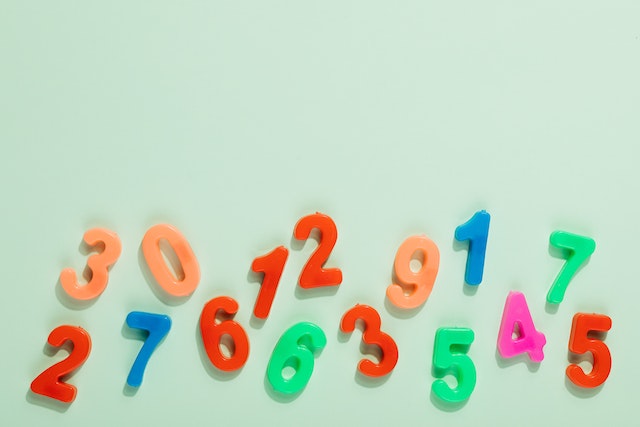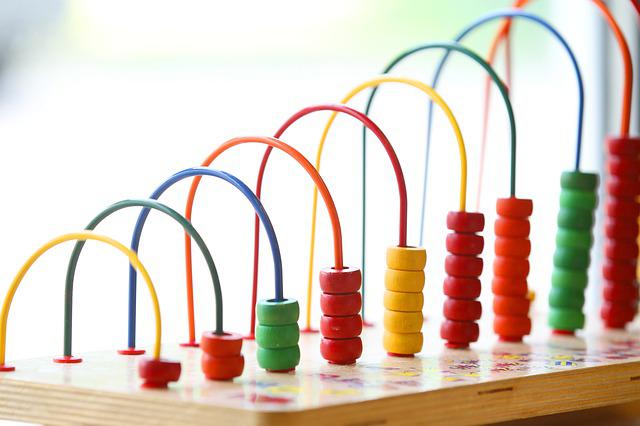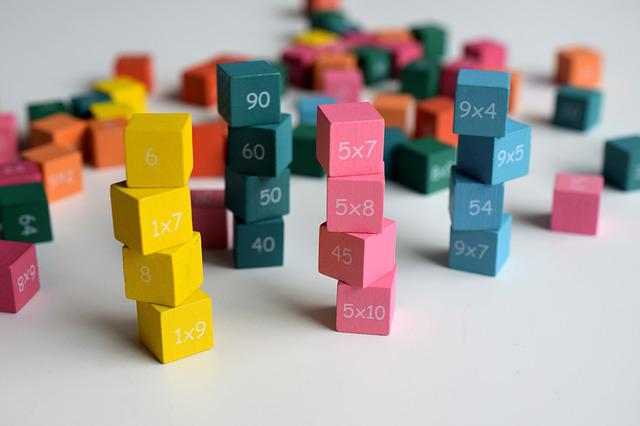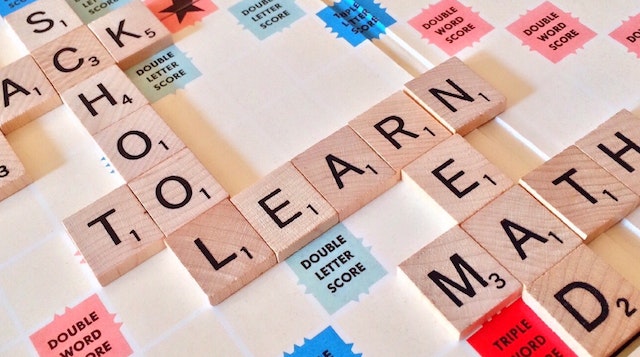Whether your 3rd grader is struggling to keep up in math class or you just want to give them an edge, hiring a tutor can be the perfect solution. A 3rd grade math tutor can help your child build confidence, master challenging concepts, and develop better study habits. In this blog post, we’ll discuss why hiring a tutor can be beneficial for your 3rd grader.
The Benefits of Hiring a 3rd Grade Math Tutor
Confidence Building
When students struggle with math, it can feel like there is no hope for success. This feeling of hopelessness can lead to decreased motivation and decreased confidence in their abilities. With the help of a qualified tutor, your student will learn valuable skills that will help them overcome those feelings of discouragement.
Your 3rd grader will work on mastering the material in small steps and gain confidence as they progress through each lesson. As their confidence increases, so too will their motivation and desire to learn more about math!
Master Challenging Concepts
Math isn’t always easy and some concepts can be particularly challenging for young students. A private tutor is experienced in teaching these concepts in ways that are easy to understand and remember.
As opposed to relying on memorization or rote learning techniques, tutors focus on helping students master each concept through interactive activities and exploration. With this approach, your student will have fun while they learn!
Improved Study Habits
It’s not enough to just understand the material—your student needs good study habits if they want to do well on tests and quizzes. A private tutor can help your child develop good study habits such as organizing notes properly, taking effective notes during class time, breaking down complex problems into smaller tasks, setting achievable goals for each unit studied and more! These habits are essential if your student wants to achieve success both inside and outside the classroom.
Hiring a 3rd grade math tutor has many benefits for young learners; from increasing confidence levels to improving study habits! Not only does a qualified tutor have the experience necessary to teach complex concepts but also the patience required when working with children of this age group.
If you’re looking for someone to help with your math, I’d be happy to offer my services. I have a degree in mathematics and plenty of experience in elementary math tutoring with students of all ages.
Most importantly though, is that tutoring provides an environment where mistakes are allowed which helps foster a true appreciation for learning! If you’re looking for someone who can provide quality instruction while maintaining an enjoyable atmosphere then consider hiring a 3rd grade math tutor today!

